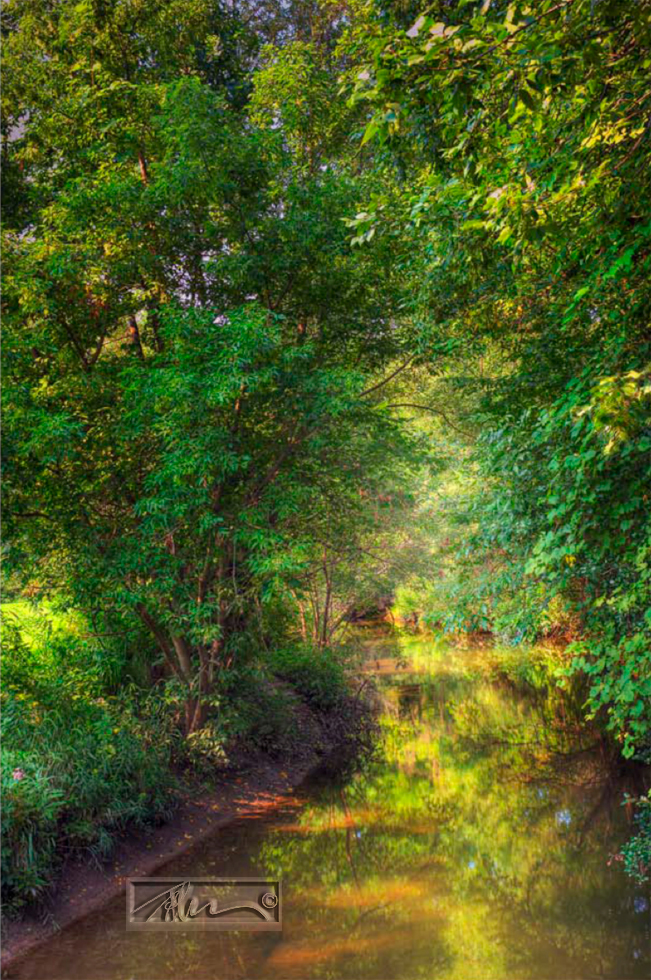I have probably learned as much about photography through looking at paintings as I have learned from photography.
Landscape paintings are probably as much about light as any photographic image.
I believe that HDR, when done well, produces a range of tones that mimic what a painter might paint. Painters instinctively have a high dynamic view of their subjects, so that is what they paint. The painter sees into the shadows as well as the highlights.
While painters never refer to their works as being HDR, many landscape paintings have a look similar to what we photographers might call high dynamic range. HDR is a photographic term.
Unless it is very dark, when we look at a subject, we usually see the whole thing in spite of the lighting condition. By that, I mean the eye adapts as it scans from one part of the scene to any other point. Within a certain tolerance, the eye allows us to view the entire scene with at least some level of detail. Whereas, a normal photographic image will block up the shadows as well as the highlights, our natural sense of the world does not. It makes sense that a painter paints what they can see.
The basic concept of HDR is to allow those areas which are normally viewable to be revealed in the final image. As simple as this sounds, it is one of the least understood concepts of HDR photography. We have all seen the overdone and hideously produced examples that have given HDR such a bad name. There are many misconceptions and disagreements about what good HDR might be. It is not the process that is flawed; it is rather the many ways the process has been abused.
One day we won’t need to argue about the benefits of HDR. It will just happen as a matter of course inside the camera. it will be engineered into the camera software. We are still in the process of advancing a technique that will eventually become fully integrated and accepted practice. To me, the future will have appropriated the concept into our photography such that it will simply be how images are made. It will be part of the future sensor technology and most of us will not even know it is there. At that point, one image is all it will take to get the full range of the light that we experience as human seeing.
In the meantime, those who appreciate the process for what is possible, will probably need to carefully use the HDR tools we are given in ways that seem natural to our eyes and our senses.
Please have a look at some of my other posts here.
NOTICE of Copyright: THIS POSTING AS WELL AS ALL PHOTOGRAPHS, GALLERY IMAGES, AND ILLUSTRATIONS ARE COPYRIGHT © JOHN NEEL AND ARE NOT TO BE USED FOR ANY PURPOSE WITHOUT WRITTEN CONSENT FROM THE WRITER, THE PHOTOGRAPHER AND/OR lensgarden.com. THE IDEAS EXPRESSED ARE THE PROPERTY OF THE PHOTOGRAPHER AND THE AUTHOR.


